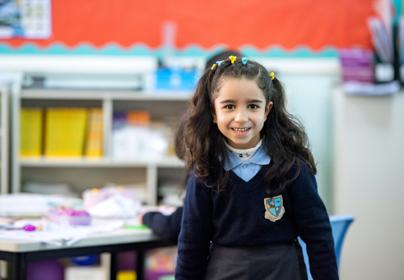A fact
Developing coping strategies to deal with frustration requires time and practice. The good news is that parents can help children build frustration tolerance skills at home. With a little bit of guidance (and a lot of patience), you can teach your child how to cope when the going gets tough.
Try body mapping
Young children don’t make the connections betweentheir bodies and their emotions.
• Draw the outline of a person.
• Ask your child to think about all the places on his body that feel sore or different when he’s mad.
• You might point out that your heart races when you’re mad, and that makes your head feel dizzy.
Try body mapping
Doing this exercise with your child is important.
• Color all of those places red.
• Tell your child that when those places start to feel red, his body is signaling him to get help in a frustrating moment.
Learn what sparks the frustration
You can help your child understand his specific problems by keeping a tracker. When you talk about a frustrating situation with your child, make a note of what happened just prior to the event, the time of day and what was happening when the meltdown occurred.
Create a list
• Ask your child to name all of the things that make him/her mad.
• Write down his/her list on a piece of paper while he vents his emotions.
• Provide empathy and understanding while you do this
Once the list is complete
Ask your child to tear it into tiny pieces (this provides a much needed physical release of emotion) and throw them in the air. Then collect the pieces together and throw them out for good. Young children need to vent (just like adults), but they don’t yet know how to do that. Screaming and flailing feels good in the moment, so they go with what works.
Teach the stoplight
Children know that red means stop, yellow means slow down, and green means go.Take it a step further by teaching them to visualize a red light to stop in a moment of frustration. This is when they can tap into deep breathing to calm their minds and bodies.




